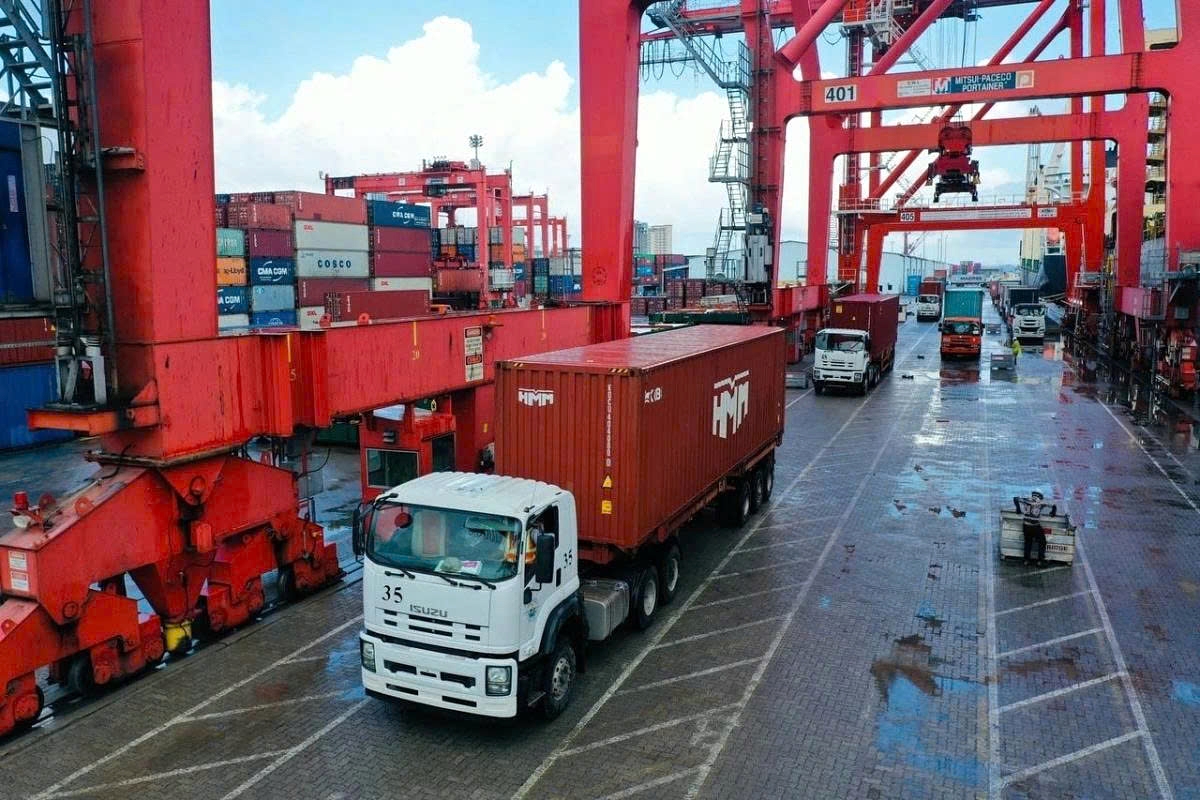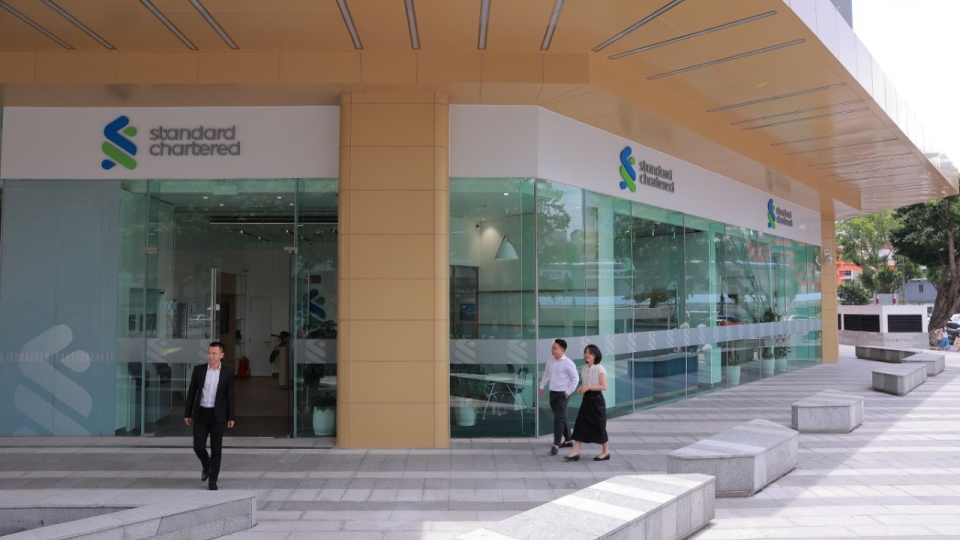Vietnam still has room to achieve ambitious 8.5% growth target, say experts
VOV.VN - While Vietnam’s GDP growth target of 8.3–8.5% by the end of 2025 presents significant challenges, experts believe the country still has sufficient economic momentum to achieve this ambitious goal.
Strong economic performance in first half

Prime Minister Pham Minh Chinh, at a recent Government meeting, reaffirmed the government’s commitment to achieving 8.3–8.5% GDP growth in 2025, with a further target of 10% or more in 2026. “This is a very difficult target with great challenges, but we must strive for it. It is not an impossible mission,” the Prime Minister affirmed.
Echoing this optomism, Dr. Vo Tri Thanh, president of the Institute for Brand and Competitiveness Strategy, says the goal is ambitious but grounded in economic reality.
According to the economist, Vietnam’s economy expanded by over 7.5% in the first half of the year, and it is edging close to 8%. Historically, economic performance tends to improve in the latter half of the year, providing a stronger growth trajectory.
Public investment disbursement surged to over VND268.1 trillion in the first half, significantly higher both in value and in growth rate compared to the same period last year. This improvement positions public investment as a key driver amid headwinds in other sectors. Major infrastructure projects, such as expressways, ring roads, and airports, are progressing faster than expected, with some expected to finish ahead of schedule.
However, only about 30% of the planned public investment capital has been disbursed so far. To meet the growth target, the Prime Minister has instructed that 100% of public investment capital must be effectively utilized.
Citing data from the National Statistics Office, Dr. Thanh says each 1% of public investment disbursed contributes approximately 0.06 percentage points to GDP growth.
“Well-executed public investment projects not only deliver direct results but also create broader economic ripple effects, helping to boost private sector confidence, attract FDI, and enhance Vietnam’s overall investment environment,” explains Dr. Thanh.
Economist Dr. Nguyen Minh Phong also expresses optimism, saying that Vietnam’s growth trajectory remains positive despite recent challenges.
“From now until the end of the year, we still have strong economic opportunities, especially in the digital economy. In 2024, the digital economy grew by 20%, making further investment in this sector a highly promising strategy,” he says.
He agrees that public investment continues to serve as a core growth driver, but stresses the need to accelerate disbursement further in the coming months.
He acknowledges the central role of public investment but emphasises the urgent need to speed up disbursement, expand private sector credit access, and fully leverage Vietnam’s network of free trade agreements (FTAs). Tax competitiveness and regional integration should also be harnessed to drive growth.
“A notable area of potential lies in newly merged localities. Their expanded land and administrative scale offer favourable conditions for development, which can help drive national economic growth,” he analyses.
What to be done to achieve ambitious target
Dr. Le Duy Binh, director of Economica Vietnam, believes domestic consumption demand will rise significantly by year’s end, providing a crucial boost to the domestic market. However, he stresses the importance of targeted solutions to stimulate demand by increasing the disposable income of citizens.
In addition, private investment is expected to play an increasingly critical role in GDP growth.
“If private sector investment grows strongly in 2025, we can reach the 8.5% growth target. We must remove bottlenecks in stalled projects to revitalise this sector,” says Dr. Binh.
To achieve the ambitious growth target, Dr. Phong argues that Vietnam must deploy a synchronised strategy across four pillars, namely exports, investment, consumption, and macroeconomic stability.
On exports, he says, amid global trade uncertainties and rising protectionism, Vietnam must maintain at least 10% export growth. Export services should also be expanded to reduce the persistent deficit in the services trade balance.
On investment, in addition to ensuring 100% disbursement of public investment, the quality and effectiveness of projects must be enhanced.
Regarding consumption, Dr. Phong recommends that the government develop a specific plan to boost domestic demand. Short-term measures could include accelerating compensation payments to early-retired or relocated officials to stimulate travel and tourism. He also suggests policies to encourage consumption of domestically produced goods.
“These measures not only boost aggregate demand but also help businesses weather current export challenges,” he says.
On macroeconomic stability, he underscores the importance of keeping inflation within 4–4.5%, maintaining currency and financial system stability.
Lastly, Dr. Phong highlights the growing role of the private sector in infrastructure investment. Recent revisions to key legislation, including the Law on Public Investment, Law on Public-Private Partnerships (PPP), and Law on Science and Technology, have created a more favourable legal framework. This encourages private enterprises to engage in strategic national projects like high-speed rail, expressways, airports, and seaports.
“If we ensure progress and quality, the private sector could become a new pillar of Vietnam’s medium- and long-term economic growth,” Dr. Phong concludes.




